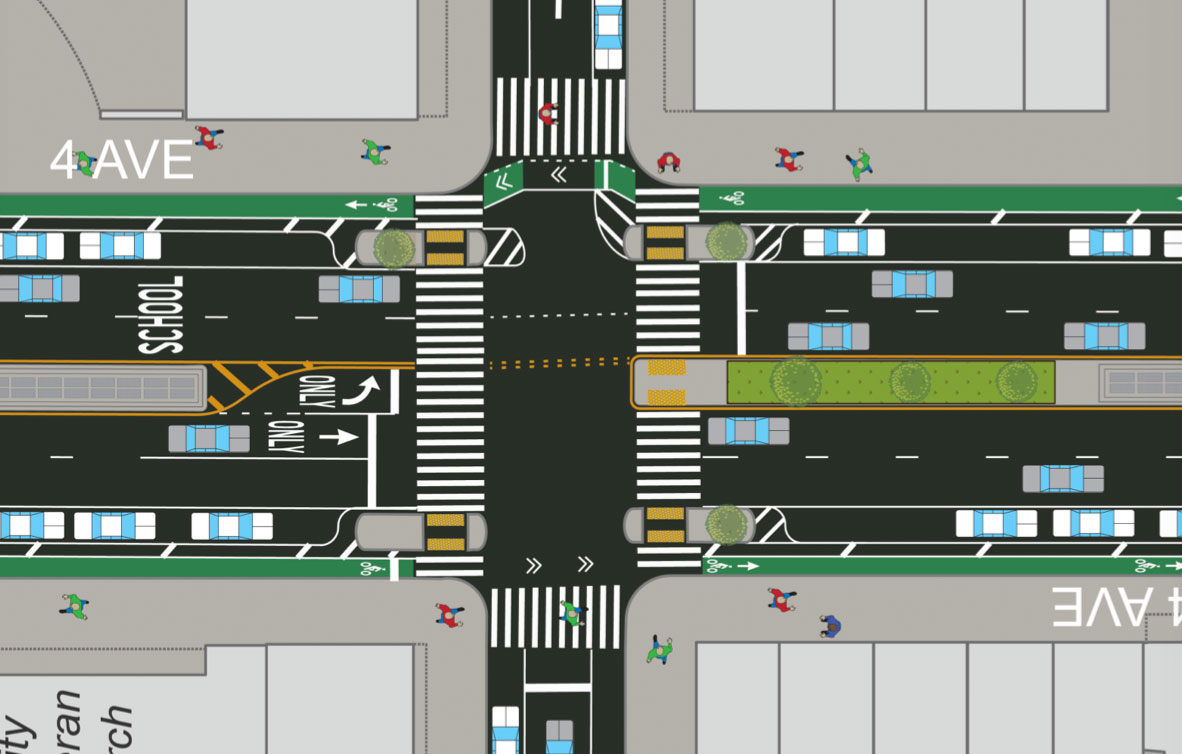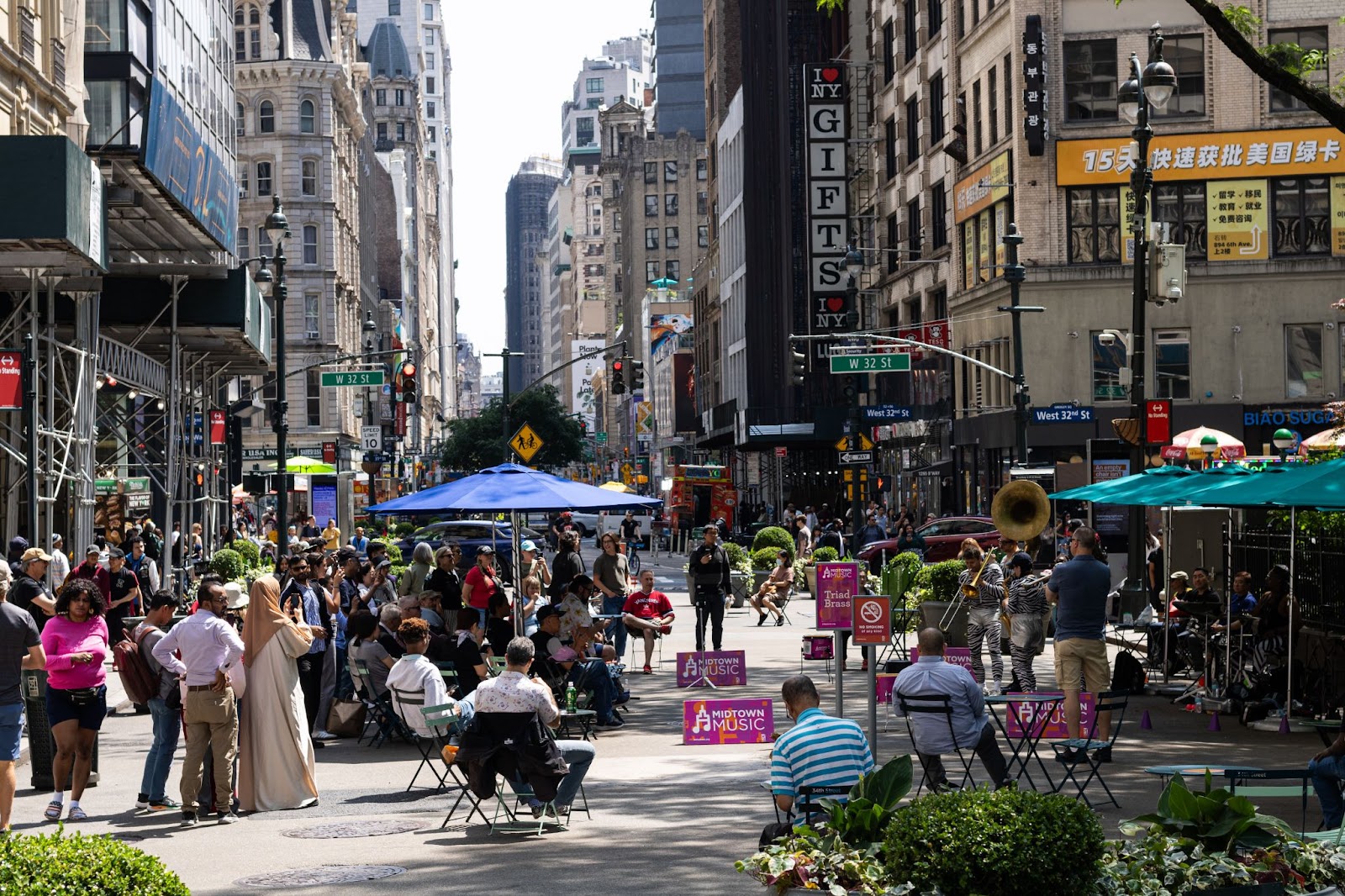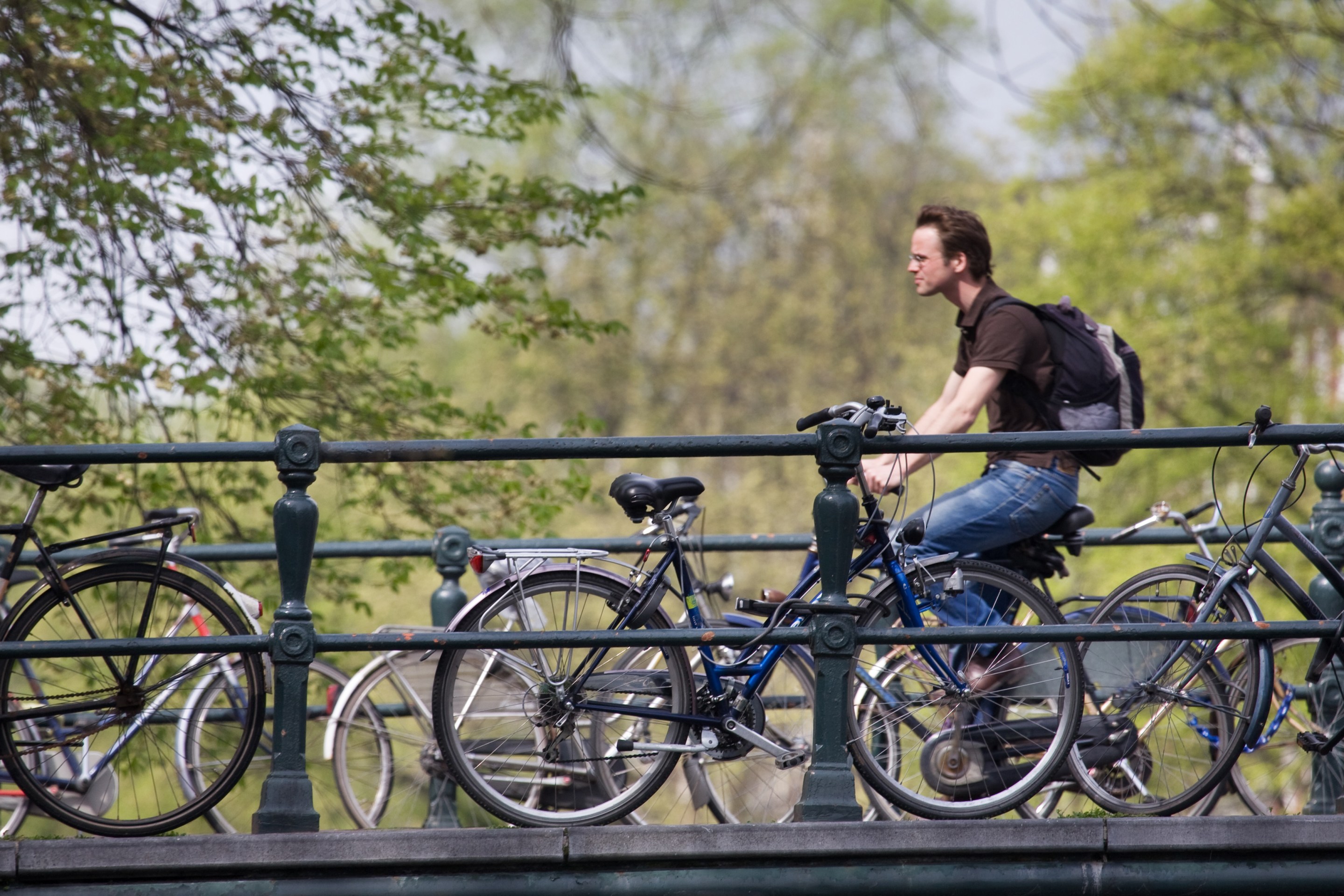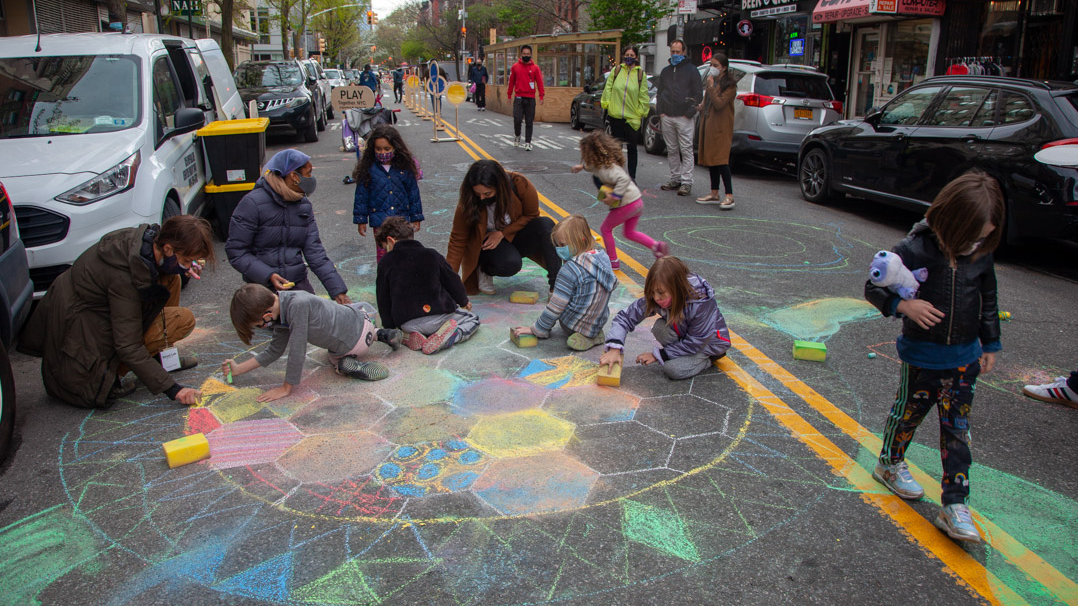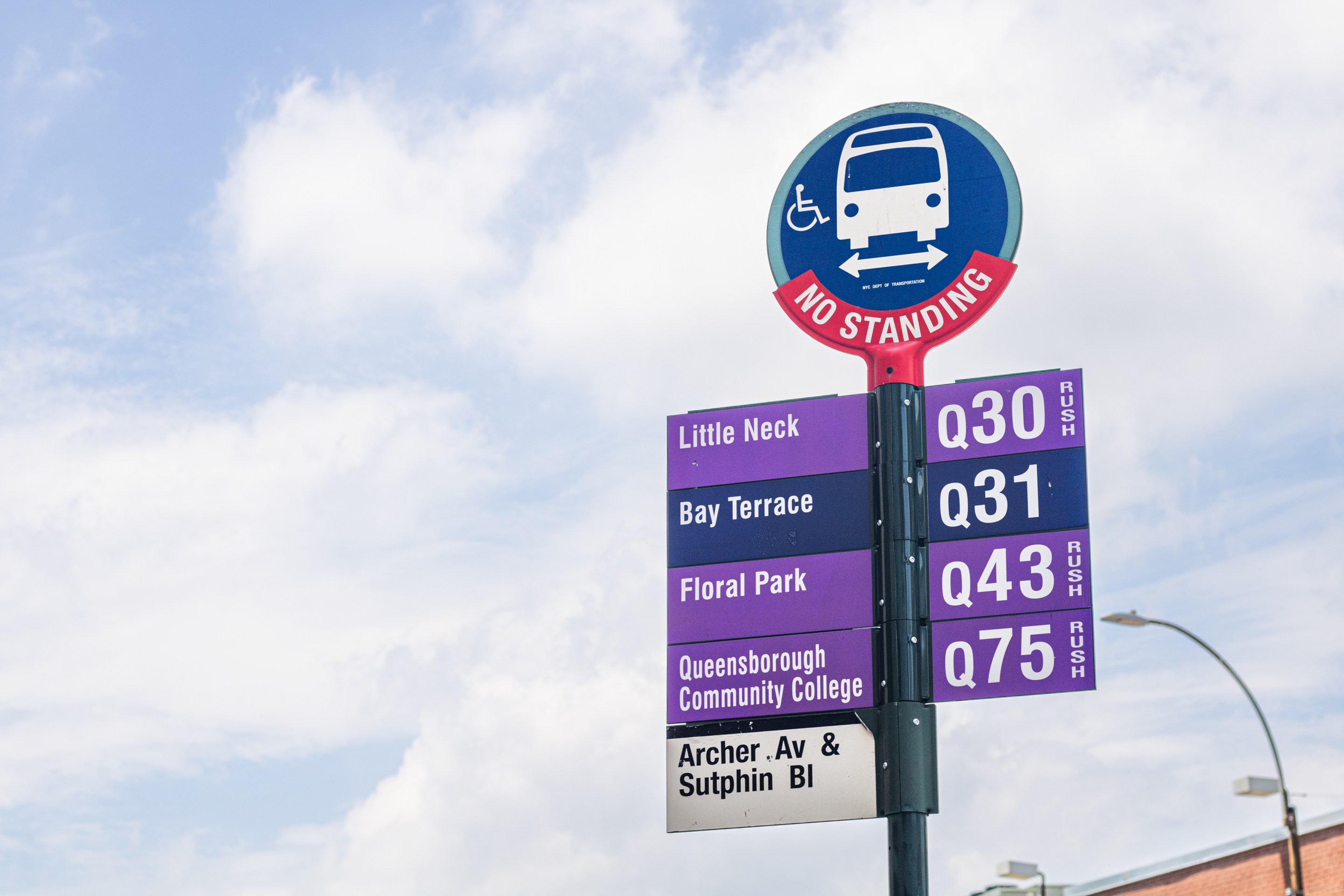Halfway through 2017, New York City streets are on pace for the safest year on record. In the first six months of the year, 93 people were killed in traffic, the only six-month period with fewer than 100 fatalities since recordkeeping began, according to a City Hall announcement that went out this morning. There were 210 traffic deaths during the fiscal year that ended June 30, significantly fewer than the 240 people who lost their lives in the fiscal year ending in 2011, the next-safest on record.
Much more needs to be done to reduce the risk of death and serious injury on NYC streets, but it's clear that the de Blasio administration has made real progress toward its Vision Zero goals. While traffic fatalities are rising nationwide, they have fallen for three years running in New York City and are continuing to drop so far this year.
NYC DOT under Polly Trottenberg deserves a lot of credit for making targeted interventions to traffic signals and street geometry at high-risk locations. It's a testament to DOT's engineering that traffic deaths are still falling more than a year after the city got its full allotment of 140 speed cameras up and running. We should celebrate the life-saving value of this work.
Good news shouldn't breed complacency, though, and if anything NYC will have to work even harder to keep making progress on street safety.
I think most New Yorkers would be surprised to learn that traffic deaths are on pace to fall about 20 percent this year compared to 2016. Most wide, dangerous streets haven't fundamentally changed, and aggressive driving remains commonplace. As encouraging as the last six-month stretch has been, the lower fatality rate could be fluky. Sustaining it, let alone improving on it, won't be easy.
Nor should progress on Vision Zero goals lessen the focus on other urgent problems with NYC's street network. Traffic is getting worse, buses are still shedding riders, and bicycling is plateauing far below the level it could reach in NYC.
DOT has great blueprints for tackling these problems: Projects like widening the sidewalks in Midtown, building protected bike lanes on a monster two-way road like Fourth Avenue in Brooklyn, and the potential implementation of car-free busways to carry transit riders during the L train shutdown point the way forward. The unifying factor is a heightened willingness to claim significant street space from cars.
To keep making headway on Vision Zero and fix NYC's full array of street dysfunction, DOT has to follow through on these ideas and ramp them up across the city.
